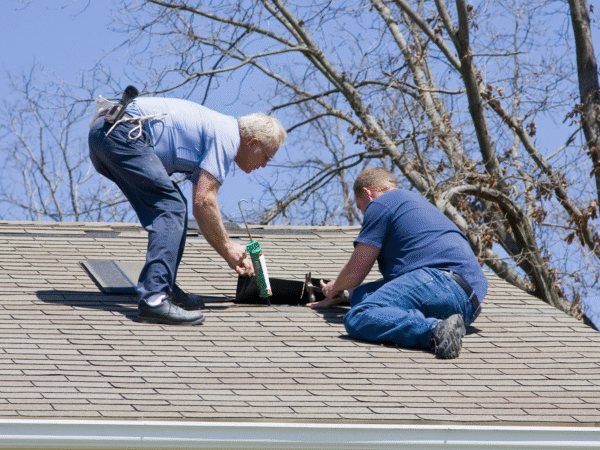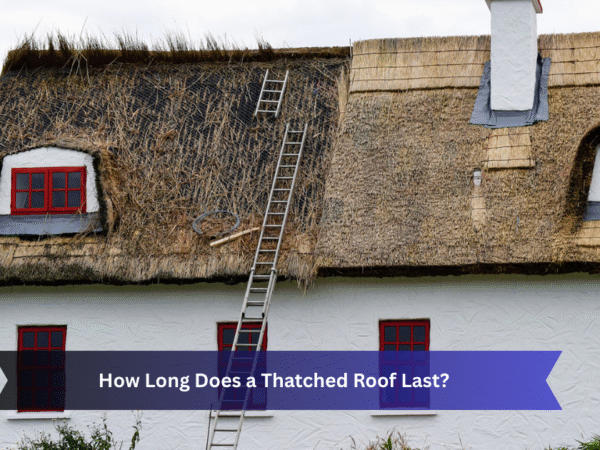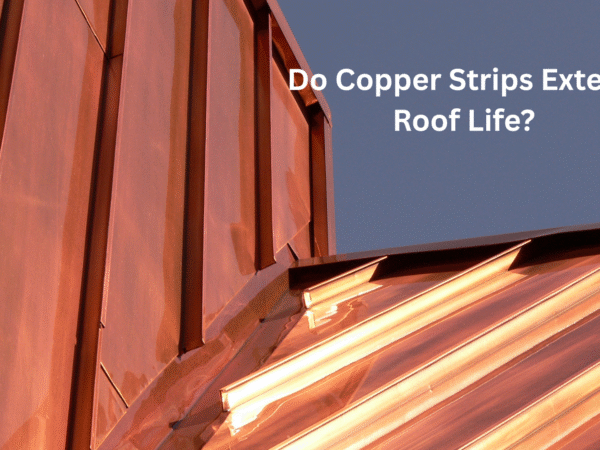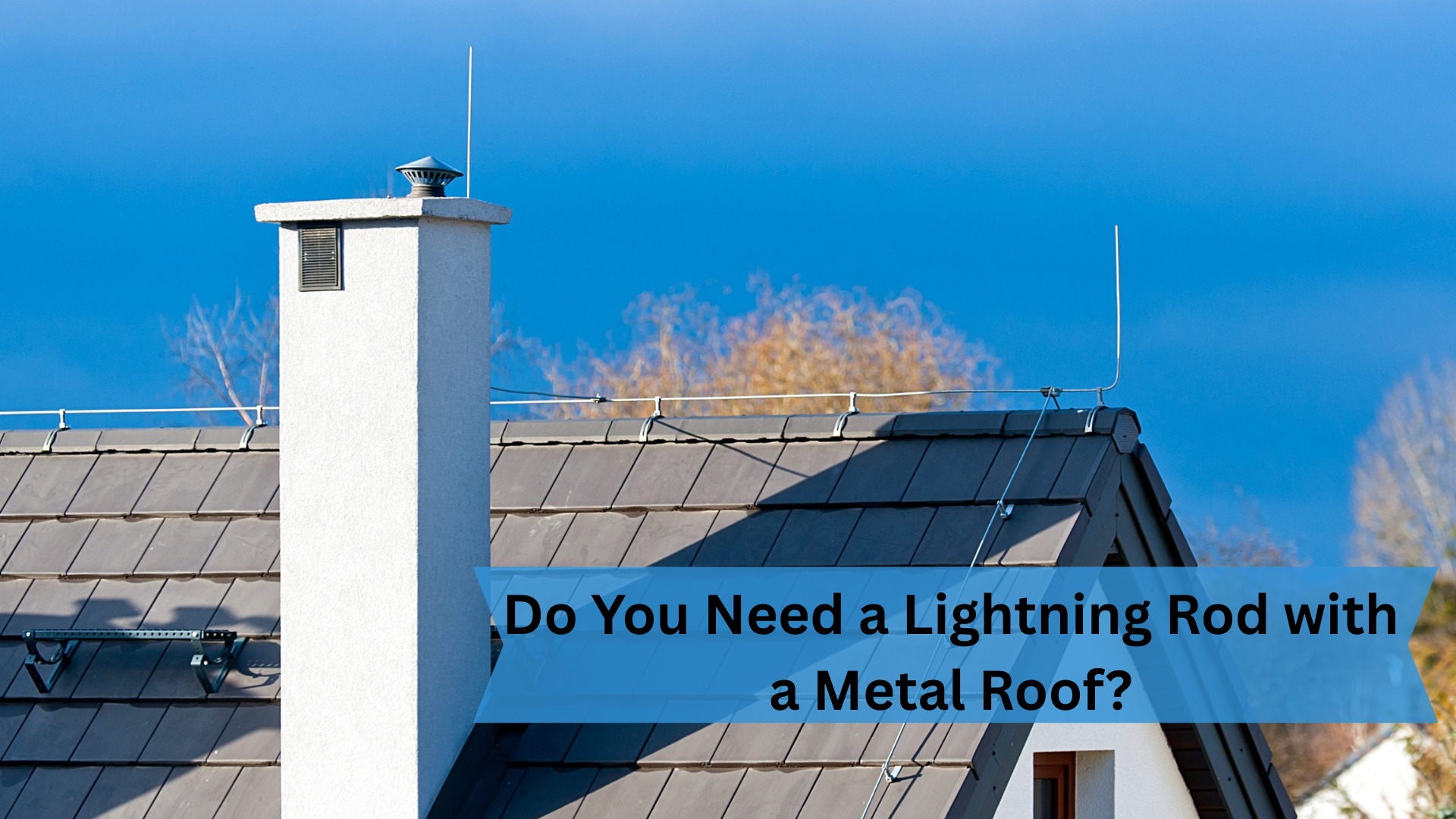
Do You Need a Lightning Rod with a Metal Roof?
You may be thinking about lightning protection if you currently have a metal roof or are thinking about getting one. Because metal conducts electricity, is your roof more vulnerable to lightning strikes? The truth is more nuanced. This blog explores whether lightning rods are necessary for homes with metal roofing, how metal roofing behaves during storms, and what building codes and safety experts recommend. Whether you’re building a new home or upgrading an old roof, understanding this topic can help you make informed decisions about safety, durability, and insurance. Let’s clear up the confusion.
How Metal Roofs React to Lightning
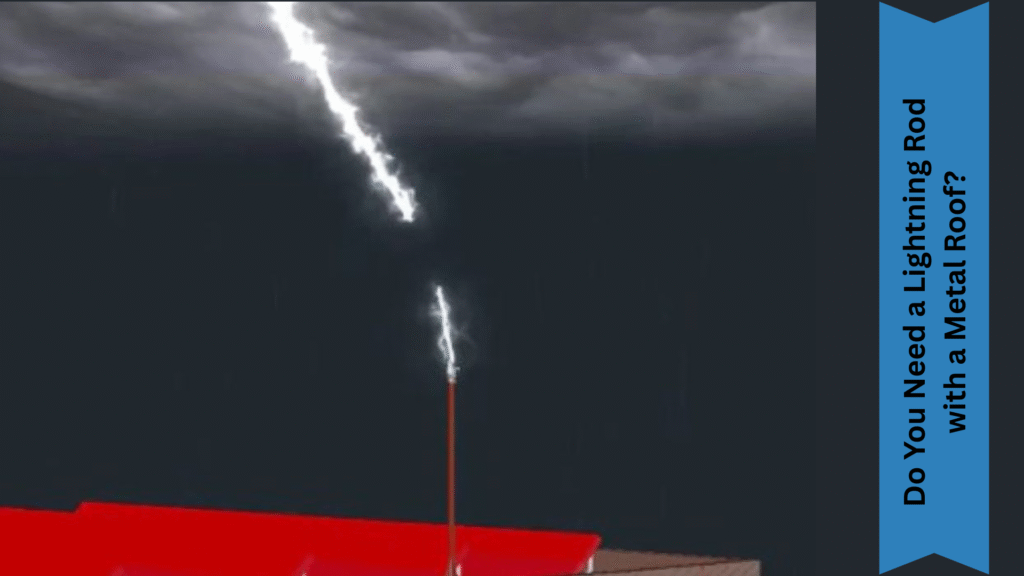
Lightning does not strike metal roofs, unlike what many people think. Lightning typically strikes the tallest, most conductive object in an area — regardless of its material. Trees, utility poles, and chimneys are often hit more frequently than metal roofs.
Nonetheless, metal roofing can safely diffuse the electrical charge when lightning strikes a building, lowering the chance of a fire. The reason for this is that, when correctly bonded, metal offers a low-resistance path to the earth and is non-combustible.
Do You Still Need a Lightning Rod?
The need for a lightning rod depends on several factors:
1. Location of the Property
- Is your home on a hill or open plain?
- Are there taller objects nearby?
A lightning protection system may be beneficial for homes located in open spaces or areas that are prone to lightning strikes.
2. Height and Size of Your Building
Taller or larger structures are more likely to be struck, regardless of the roof type. A multi-story home or a large metal-roofed barn may require additional protection.
3. Building Codes and Local Ordinances
Some states or municipalities require lightning protection systems for certain building types or in high-risk zones. Always get advice from a certified roofer or your local building department.
4. Insurance Considerations
Certain insurance companies could give buildings with approved lightning protection systems a discount. Others may require them for high-value homes or specific commercial properties.
How Lightning Rods Work with Metal Roofs
When a lightning rod system is placed correctly, it doesn’t interfere with your metal roof. Instead, it:
- Attracts lightning strikes
- Redirects the energy safely into the ground via conductive cables
- Protects your home’s structure and electronics from surges
These systems typically include:
- Air terminals (lightning rods)
- Conductors (metal cables)
- Grounding rods
Installation must comply with NFPA 780 standards and be carried out by certified professionals.
Common Myths About Metal Roofs and Lightning
- Myth: Metal roofs increase lightning strikes.
Fact: Height and location matter more than material. - Myth: Surge protection is not necessary when the roof is made of metal.
Fact: Internal surge protectors are still needed for electronics and wiring. - Myth: Metal roofs are unsafe during storms.
Fact: In actuality, they are less dangerous than flammable materials like wood.
Maintenance and Safety Tips
- Check your metal roof on a regular basis for rust, damage, or ungrounded pieces.
- Use surge protectors for appliances inside your home.
- If installing a new roof, ask your contractor about integrating a lightning protection system.
Where to Get Expert Roofing Help?
At Made to Build USA, we offer detailed insights, professional advice, and expert-backed content on roofing, remodeling, and building materials. Whether you’re upgrading to a metal roof or exploring home safety features, our guides help you make informed decisions.
Final Verdict: Is a Lightning Rod Necessary?
You might be able to get by without a lightning rod if your house is grounded, not very tall, and located in a low-risk location. But for homes in storm-prone regions or with added exposure, investing in a certified lightning protection system is a wise and potentially cost-saving choice.
Always consult a licensed roofing contractor or certified lightning protection specialist to assess your building’s specific needs.
